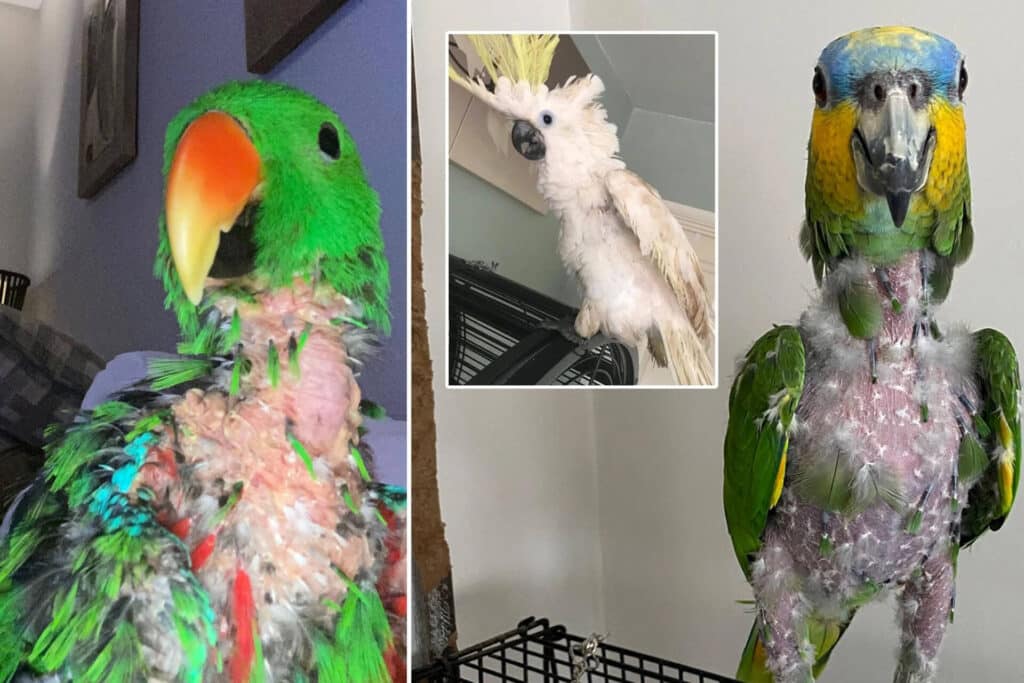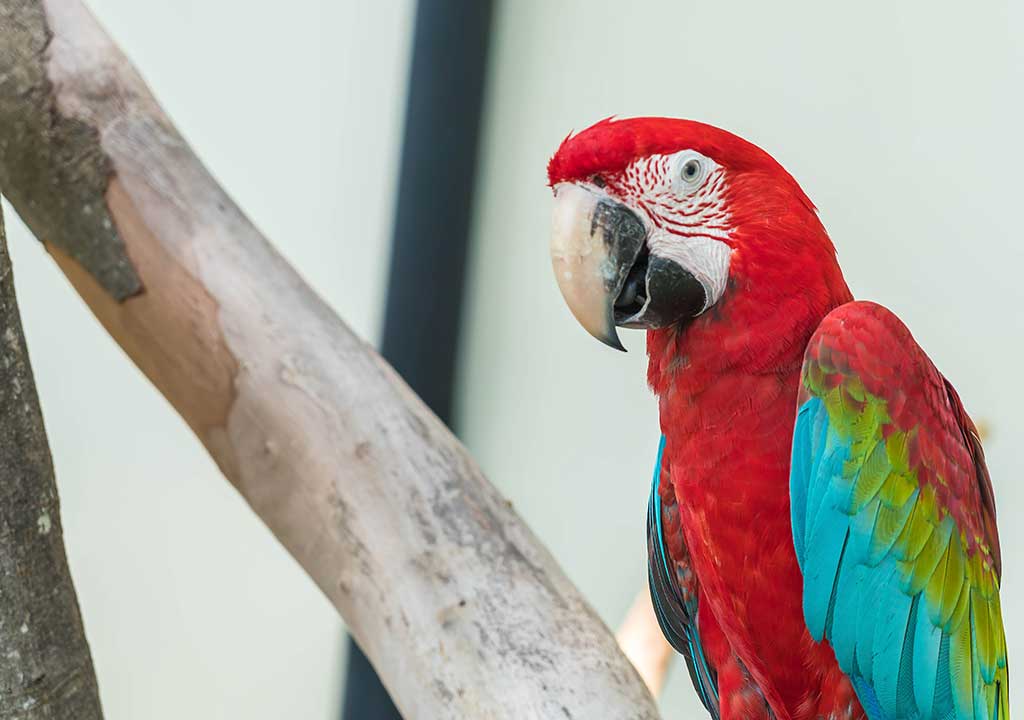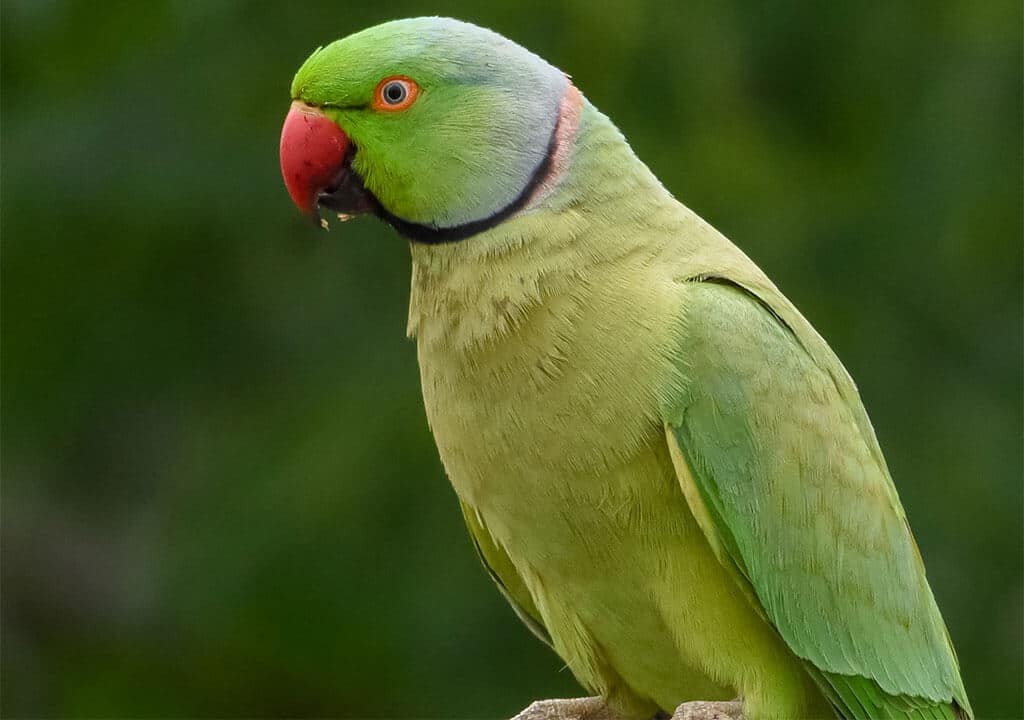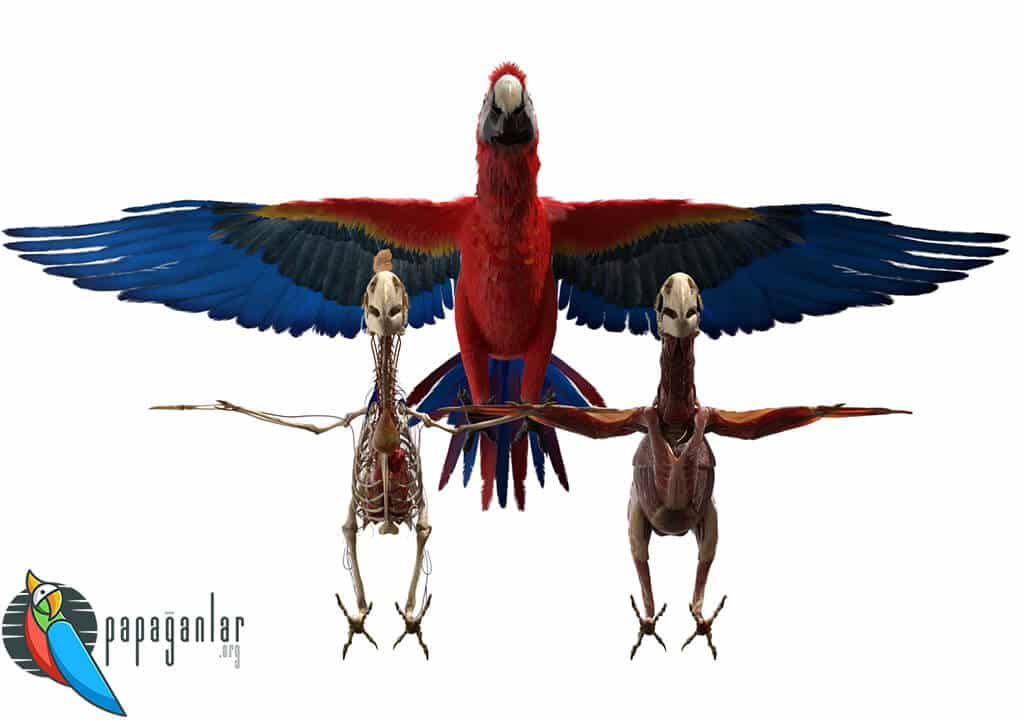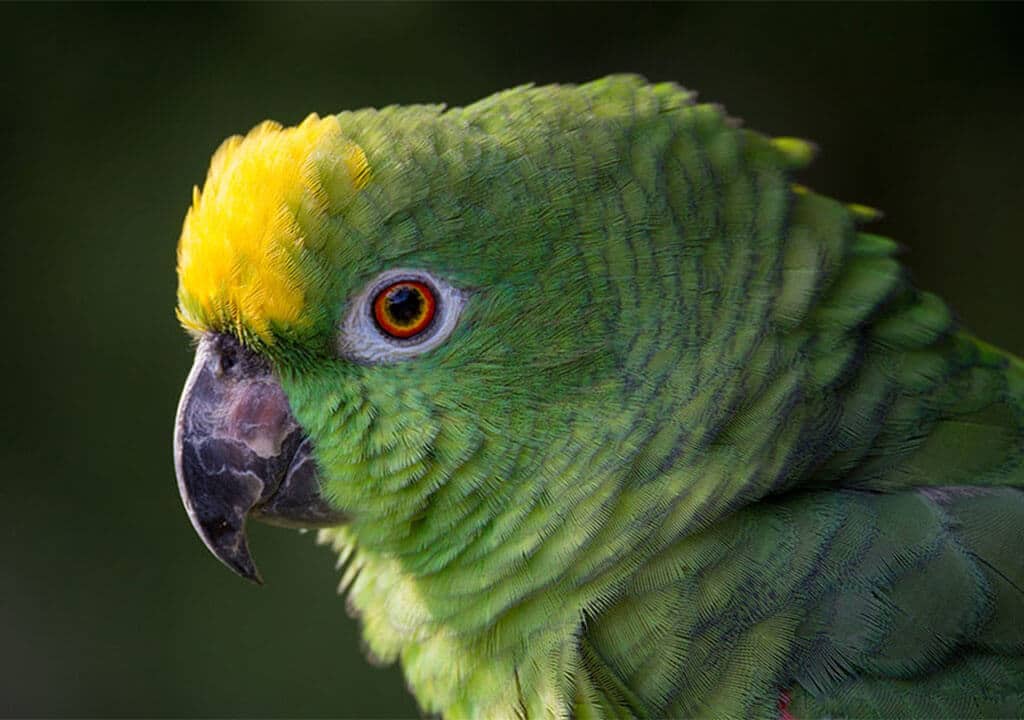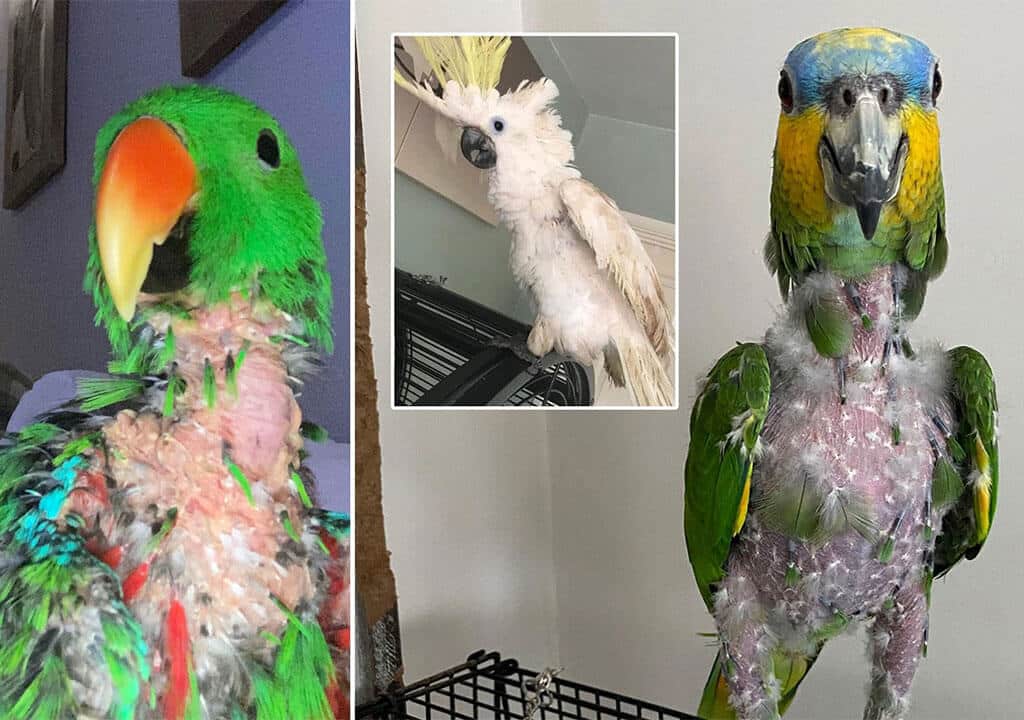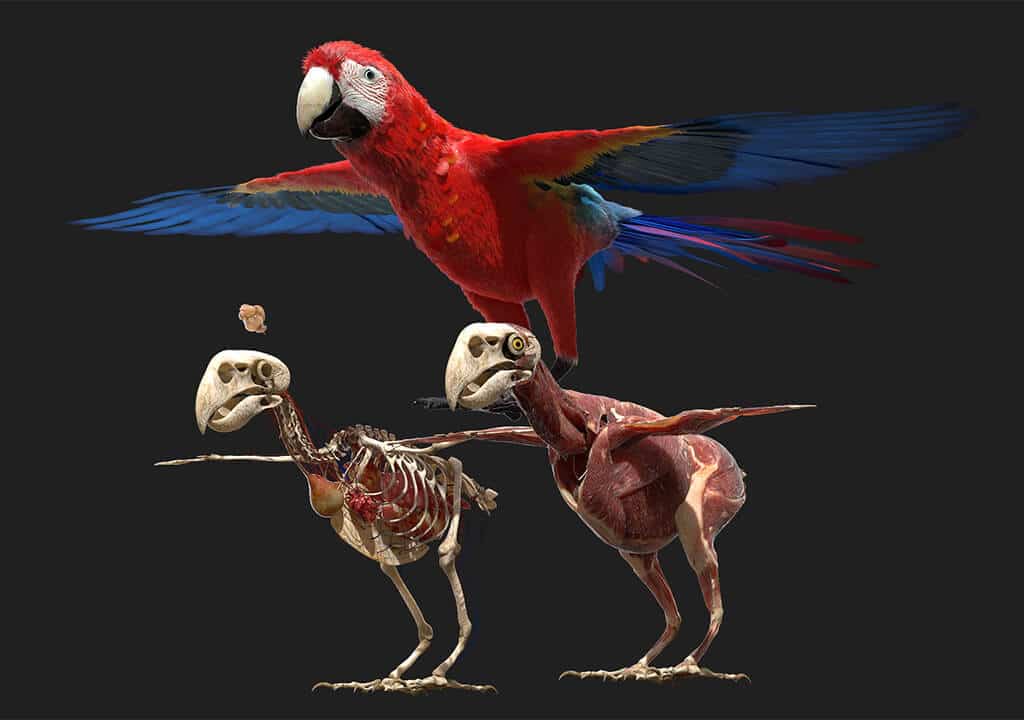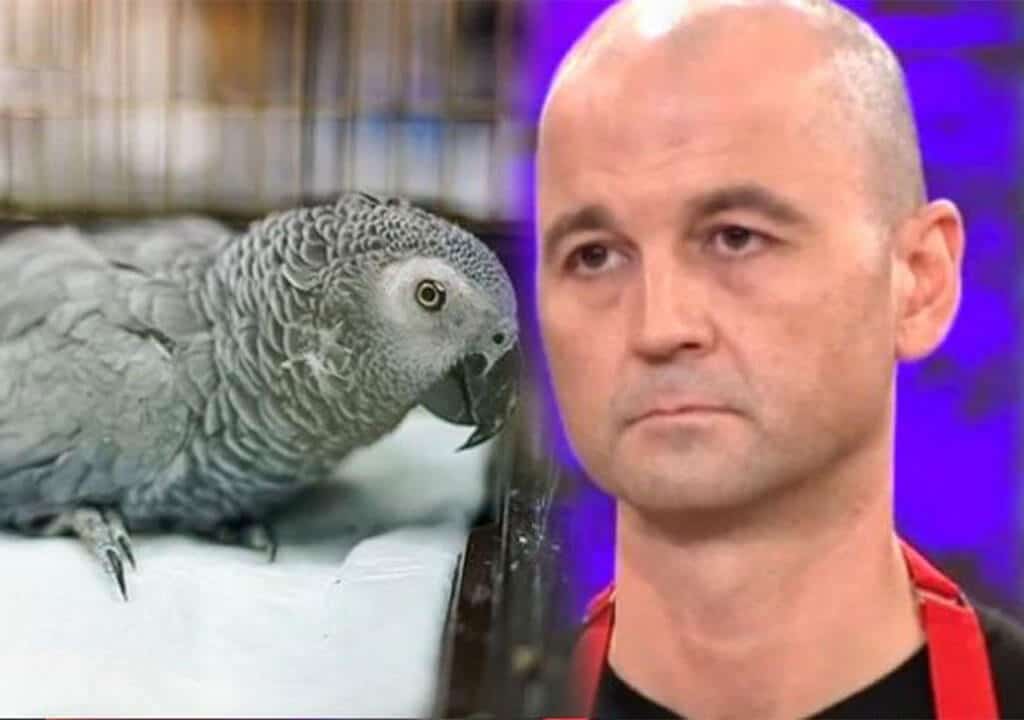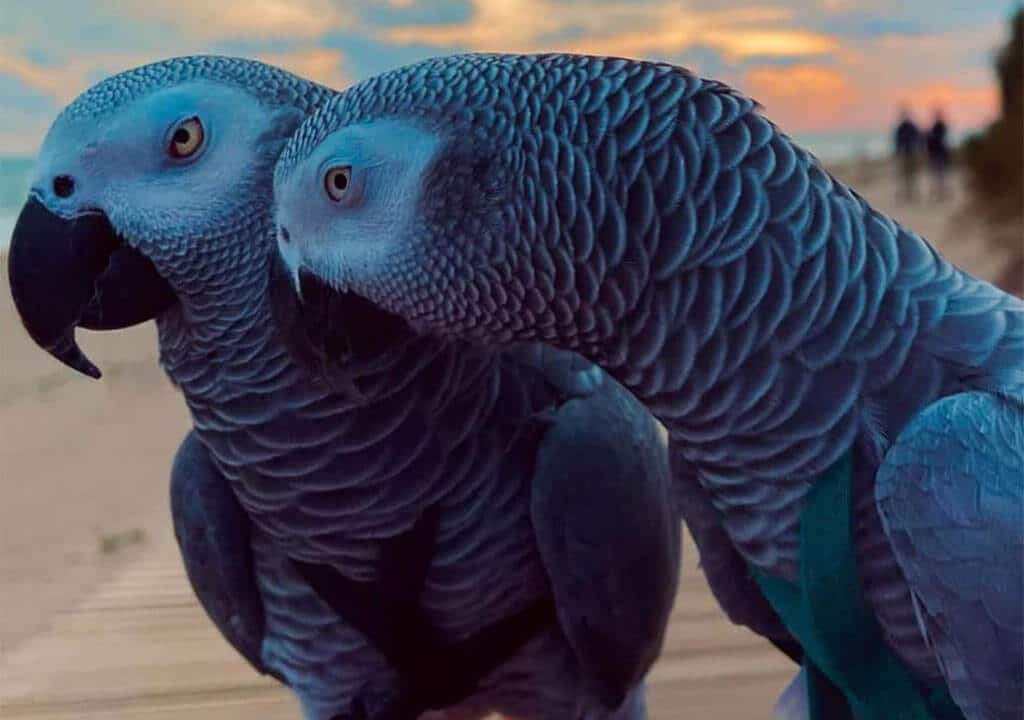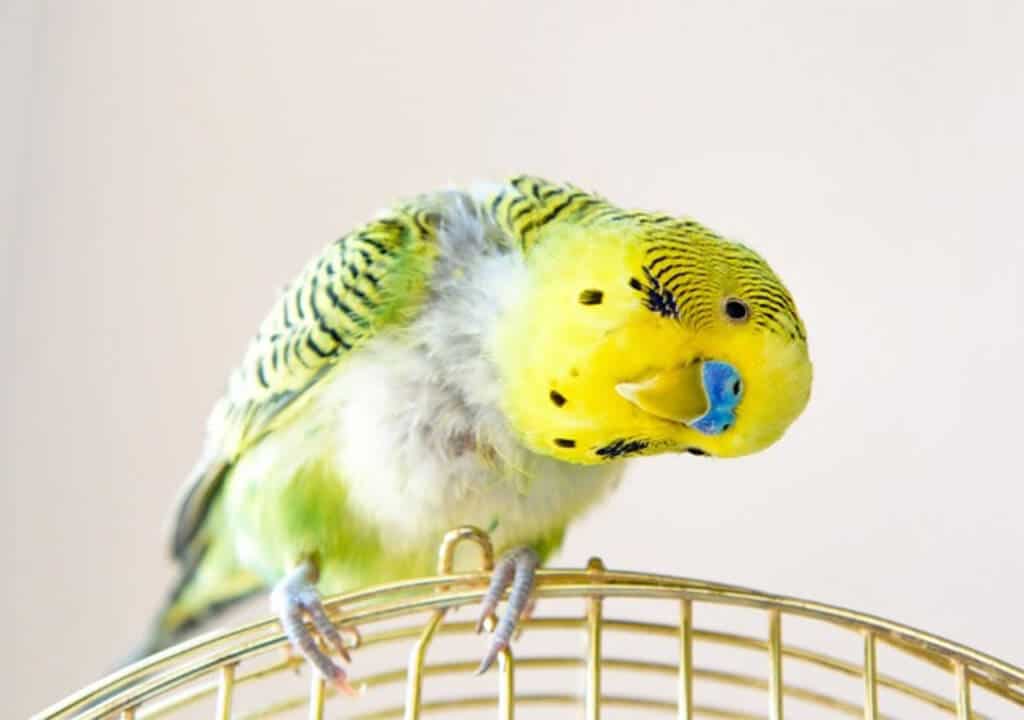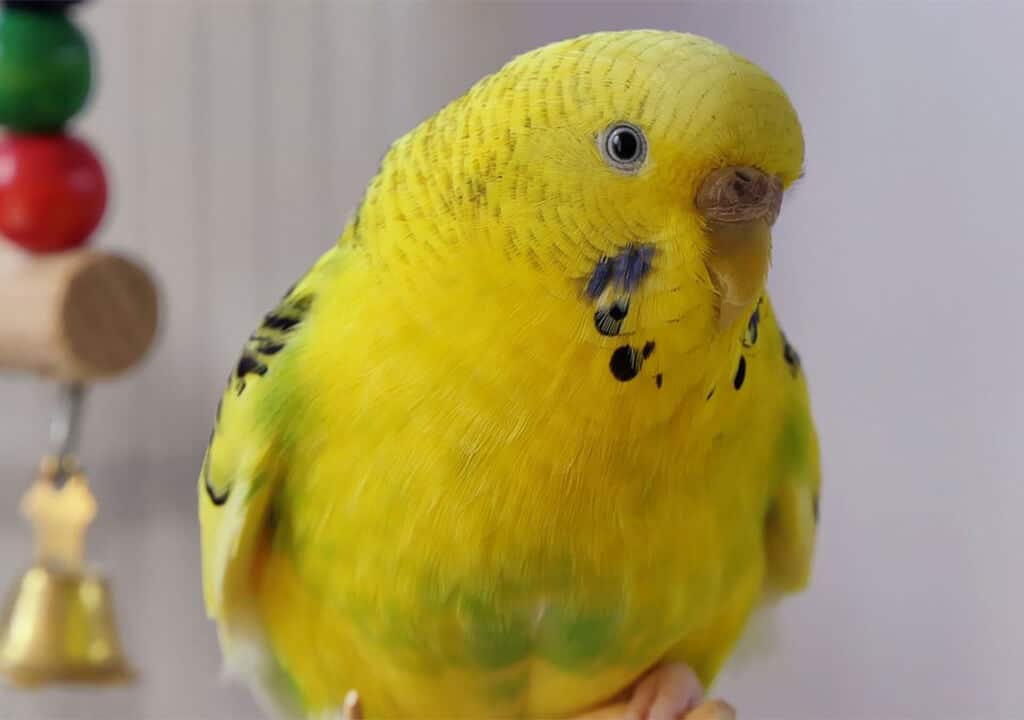Parrot Diabetes
Diabetes is common in cockatiels and budgies. Despite the increased appetite, clinical symptoms such as weight loss, drinking a lot of water, increased amount of water, and stagnation are observed. Blood sugar may rise to 600-2000 mg/dl. The patient is given a low-carbohydrate diet.
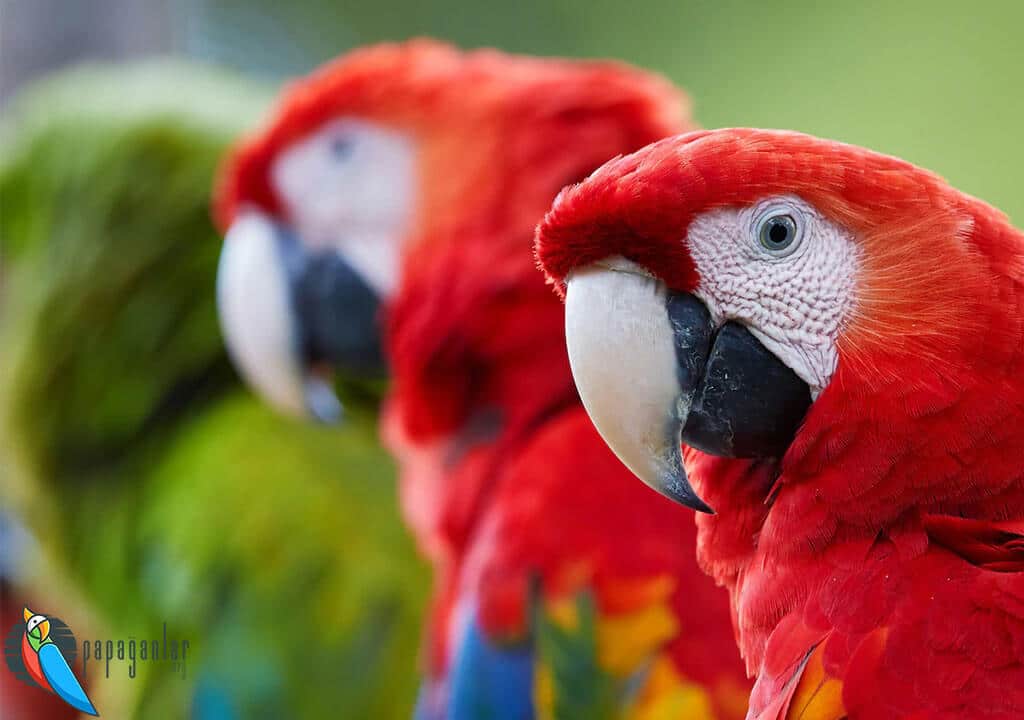
Low Thyroid Hormone in Parrot
It is rare. It shows clinical signs such as slowing down in movements, scaling due to dryness of the skin, stagnation, hair growth abnormalities (thinned or different colored hairs), weight gain due to lubrication in the body, formation of sebaceous glands and cessation of reproductive function. Diagnosis is made by laboratory testing. Thyroid hormone is given in the treatment.
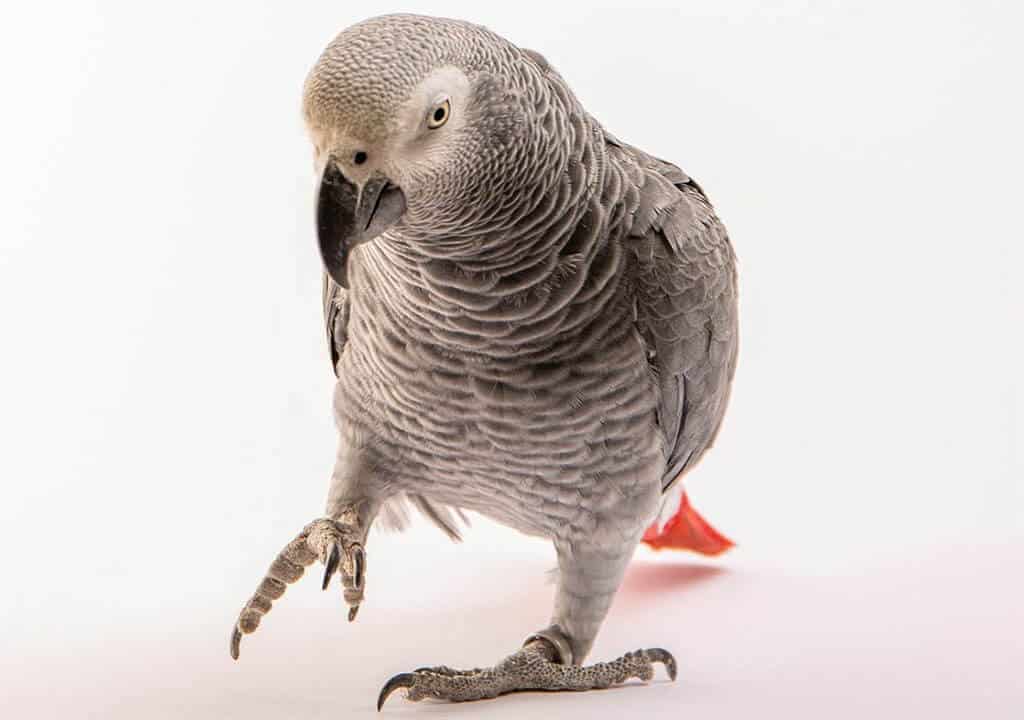
Obesity in Parrots
It occurs in Amazon parrots, cockatoos, and parakeets. The main reasons are the habit of eating too much, the high ratio of oil seeds in the diet and the inability to exercise enough. Fat accumulation and sebaceous glands appear in the abdomen and chest area. Over time, fatigue and shortness of breath are observed. A low-calorie diet is given. Exercise is encouraged. For this, it is put in a larger cage. Cage toys are increased. If there is shortness of breath, this needs to be treated before exercise therapy.
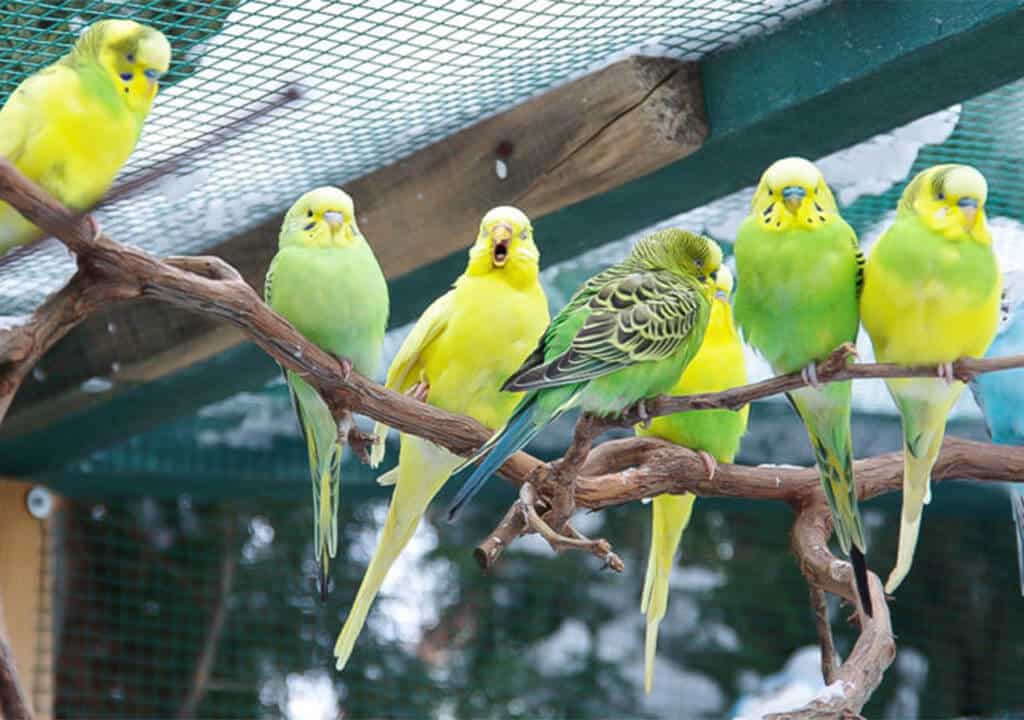
In order to prevent obesity due to inactivity, an exercise program must be added to daily life. For this, the parrot is provided to spend certain hours outside the cage, in the climbing tree. You can make this tree yourself. For this, 10 cm with branches parallel to the ground. diameter tree stump is placed in a wide and deep container. To fix the log, pebbles are put inside. These stones are covered with cage sand. The diameter of this container should be large enough that parrot excrement does not pollute the environment.
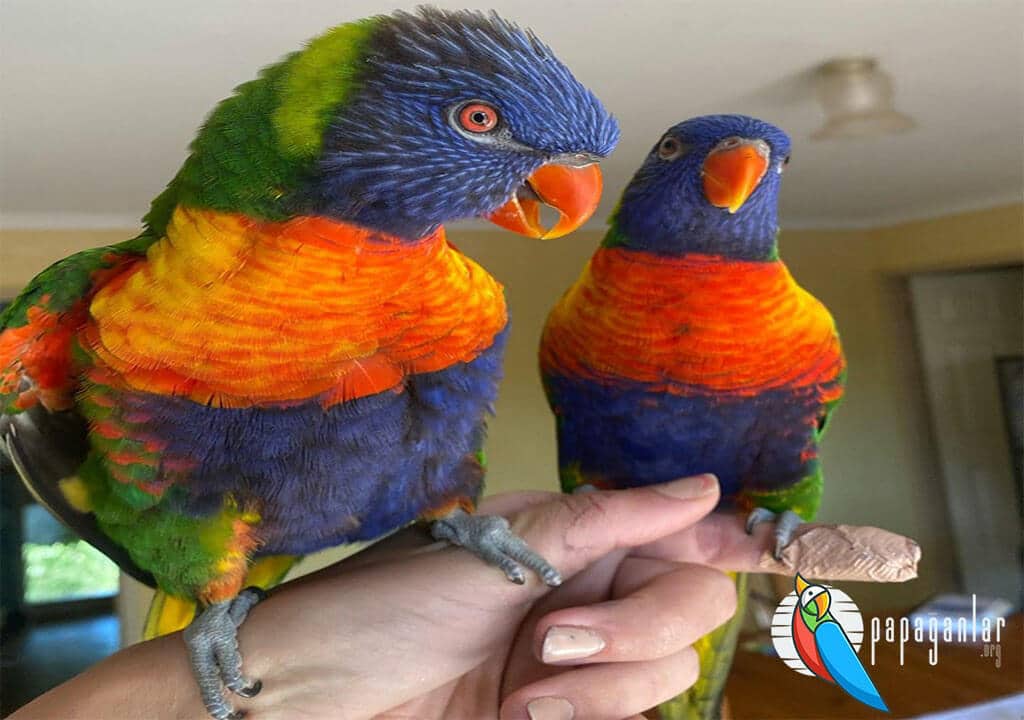
Goiter Disease in Parrot
It is common in budgies. It is the enlargement of the thyroid gland due to iodine deficiency. Respiratory distress due to pressure, delayed crop emptying symptoms occur. On X-ray, it is observed that the thyroid gland enlarges and pushes the windpipe. Normally, the size of the thyroid gland in budgies is 2 mm. While, it is between 10-20 mm in the goiter and is palpable. If hormonal changes also occur, reproductive function is adversely affected. In treatment, drugs containing iodine are used. As a preservative, iodine block should not be missing, especially in the cage of budgerigars.





